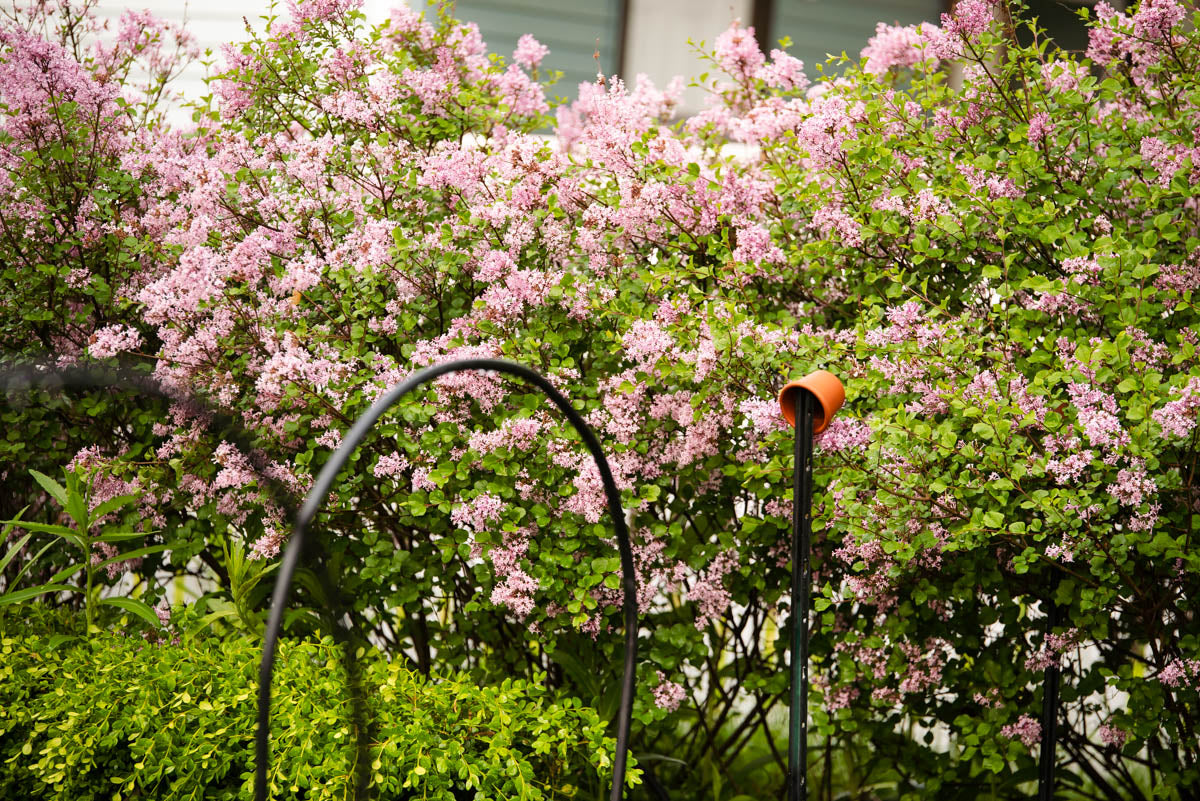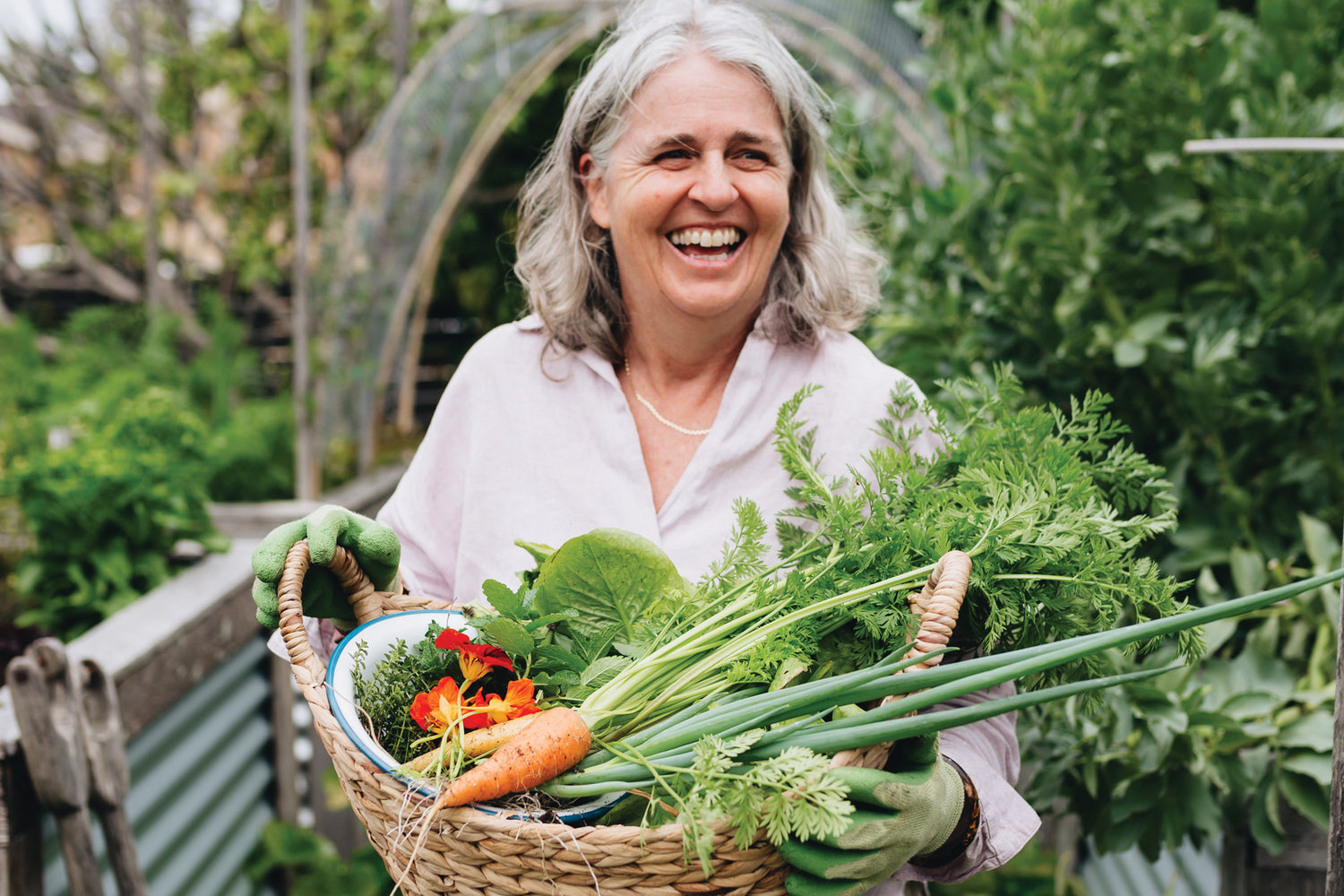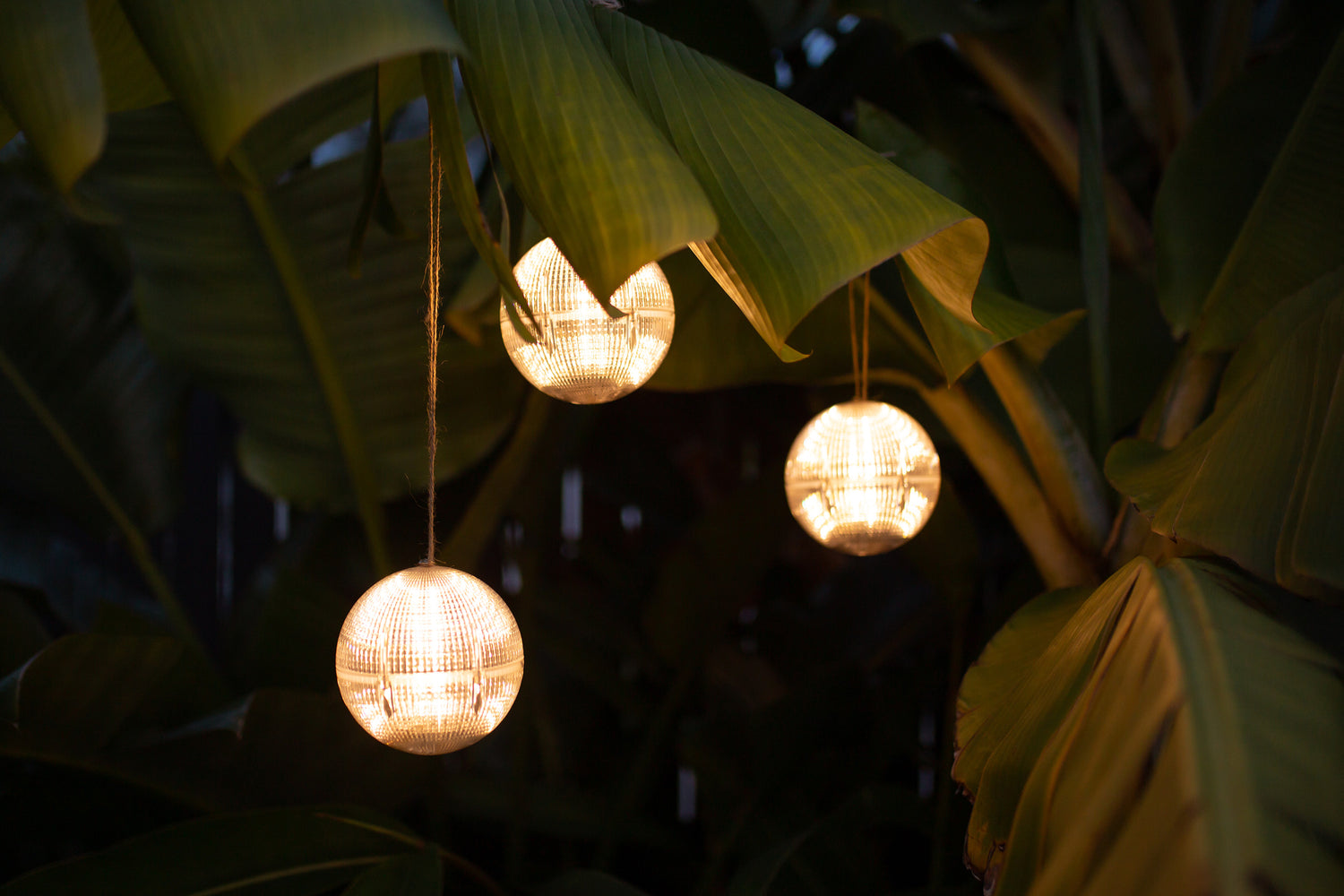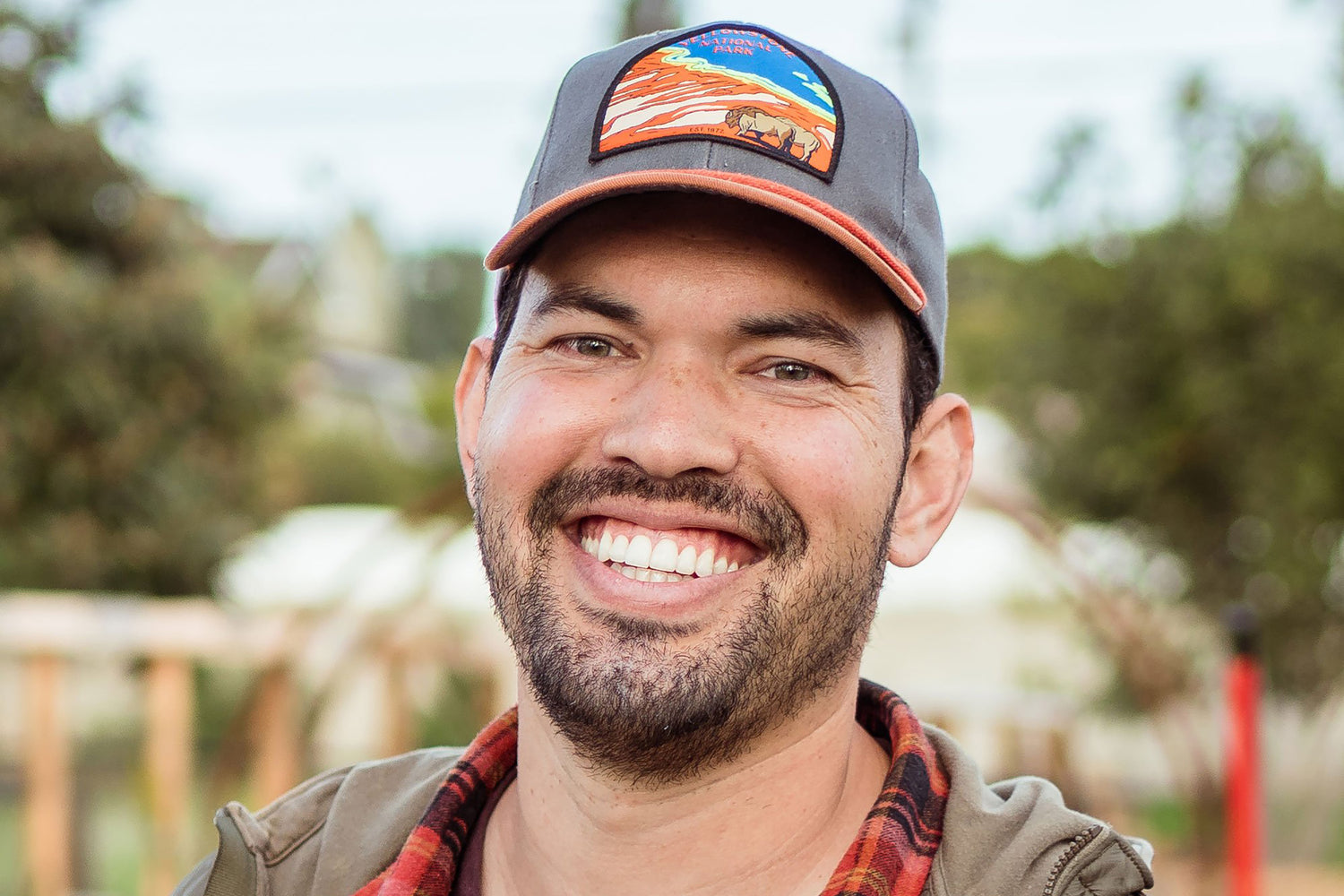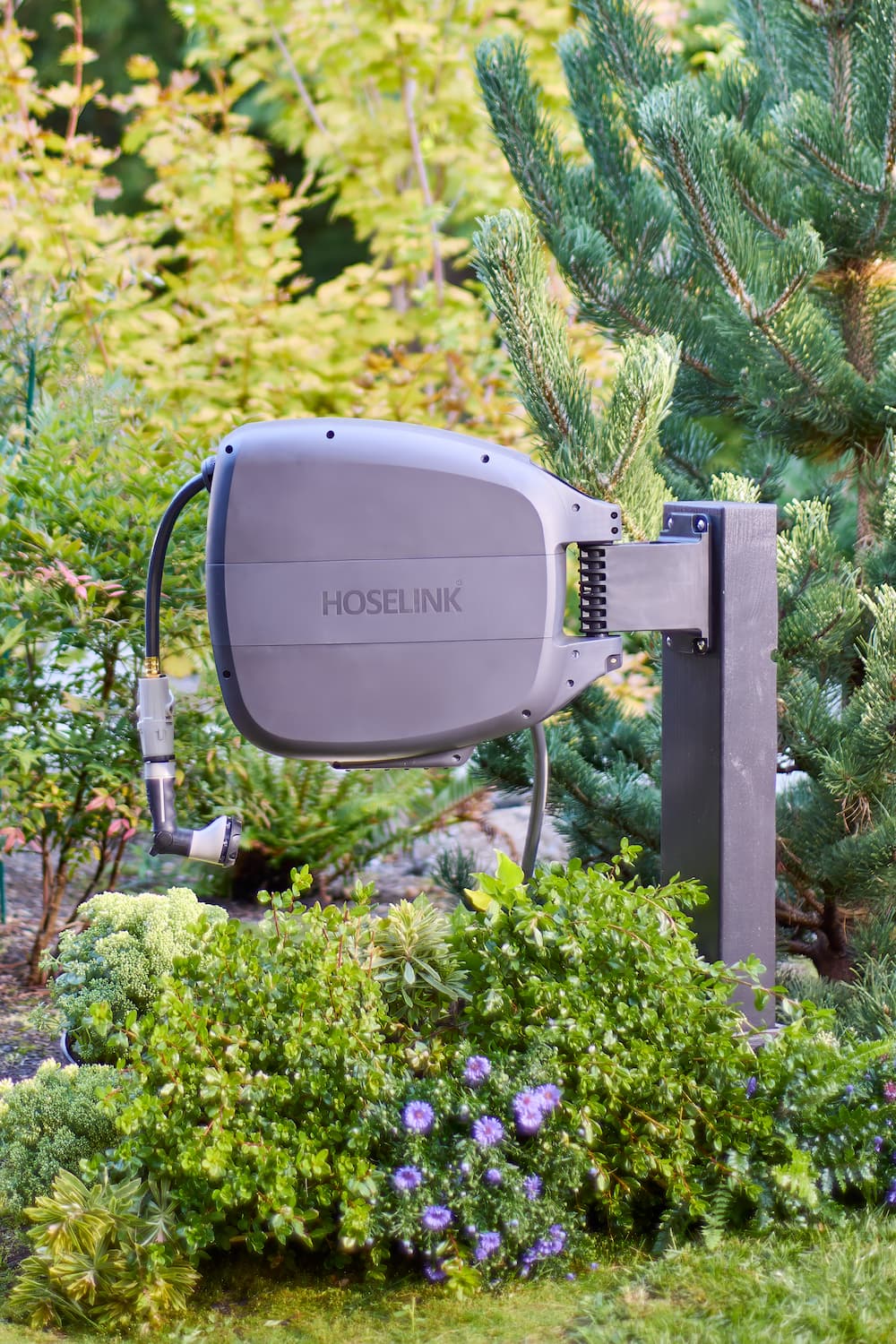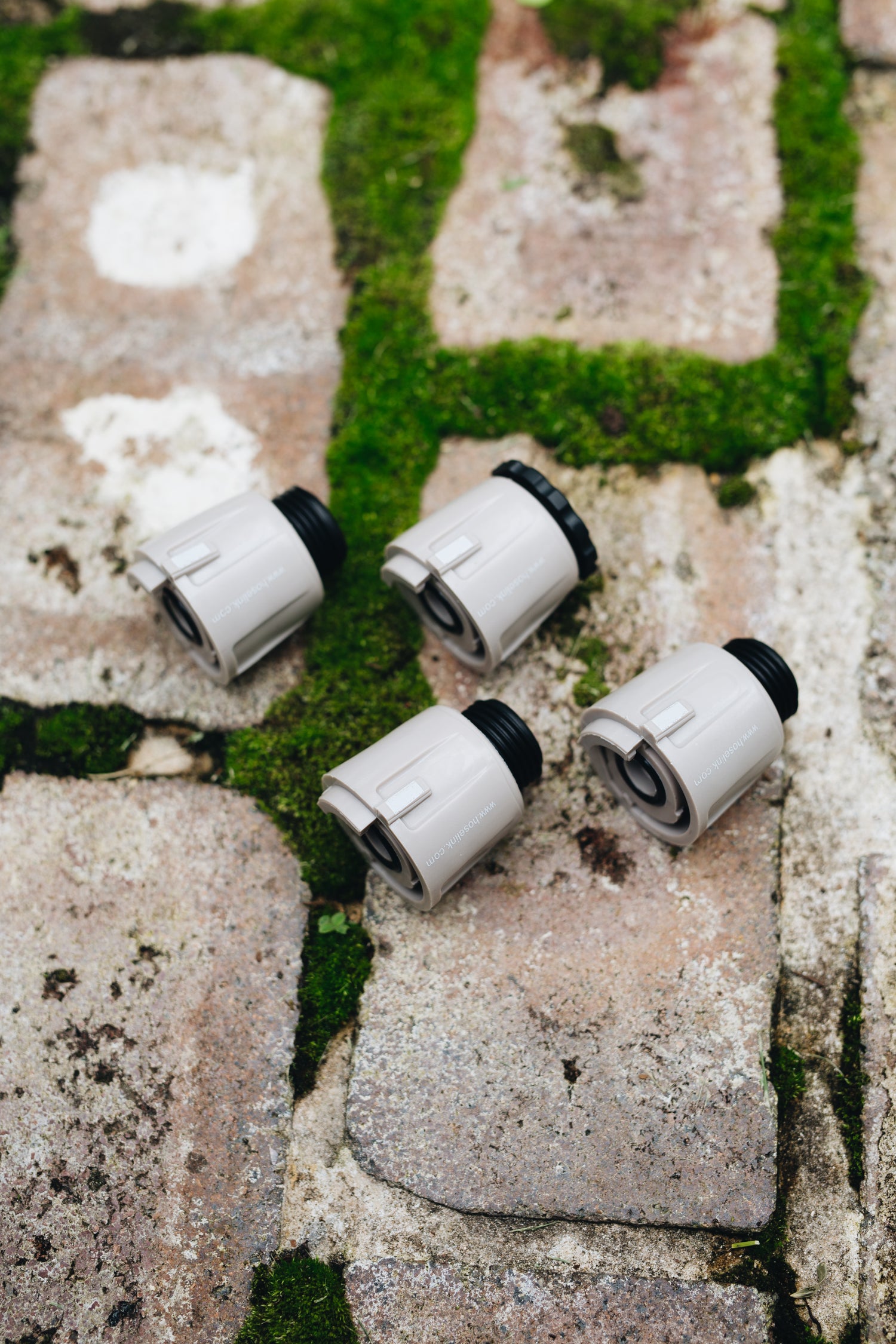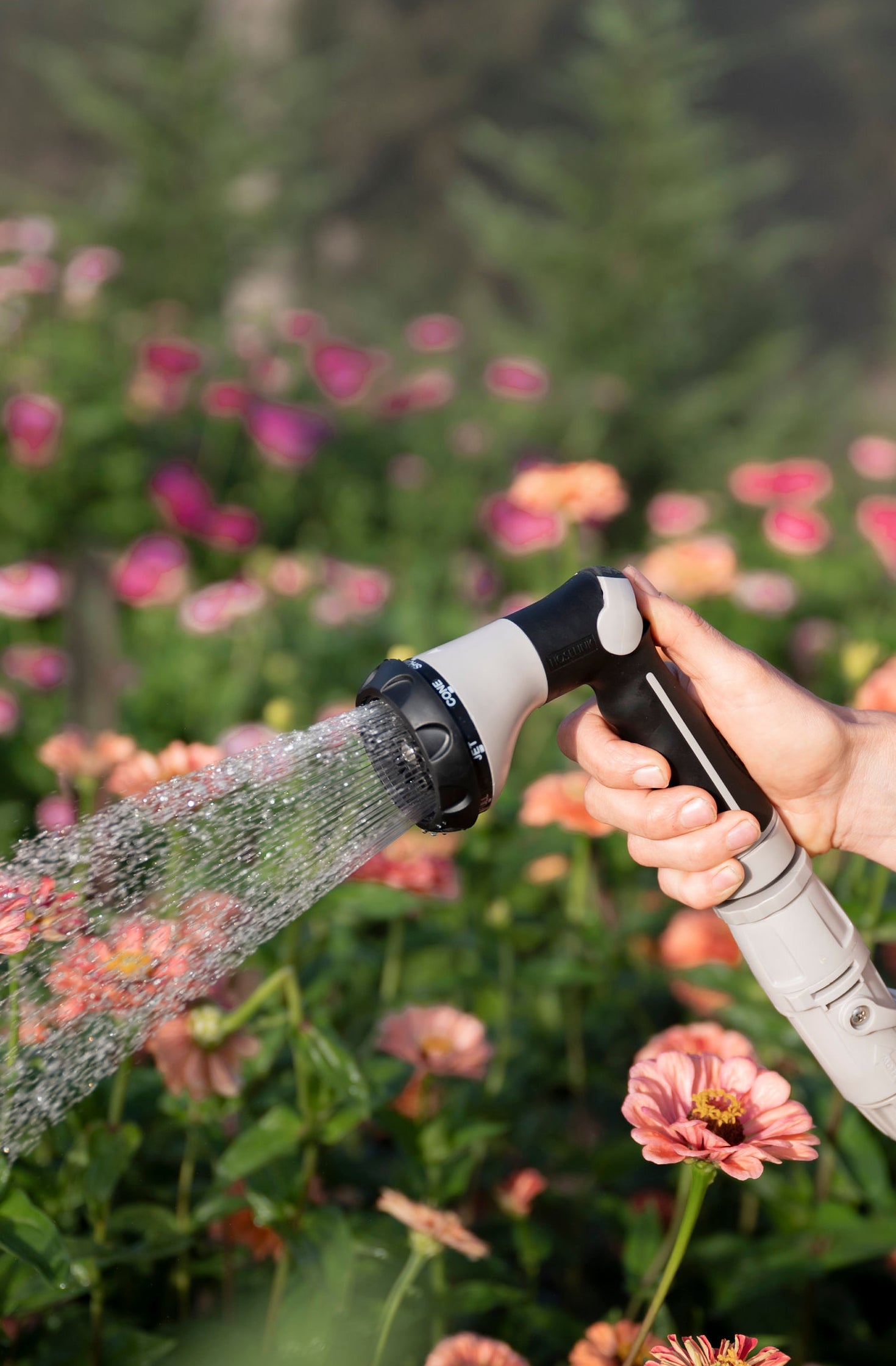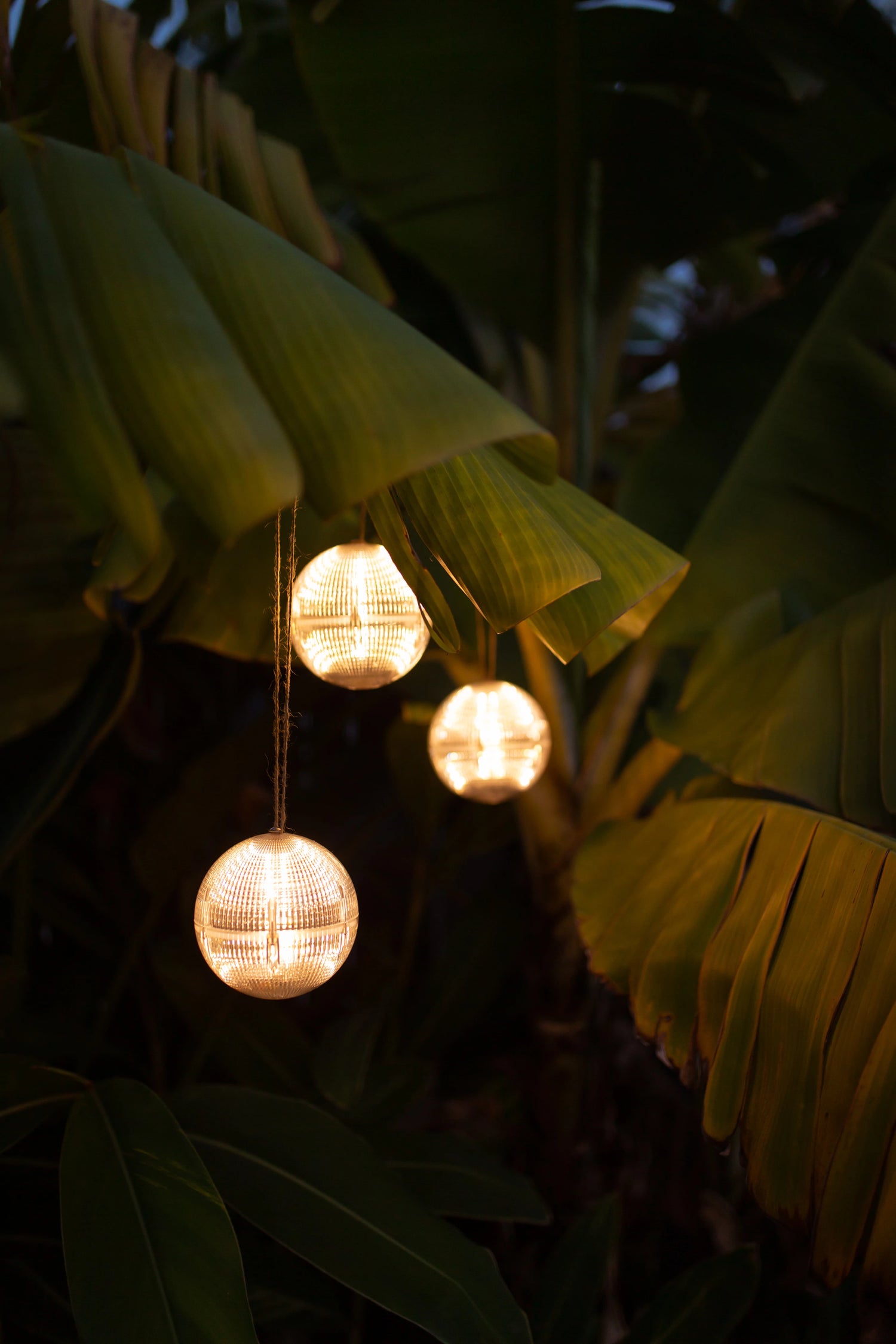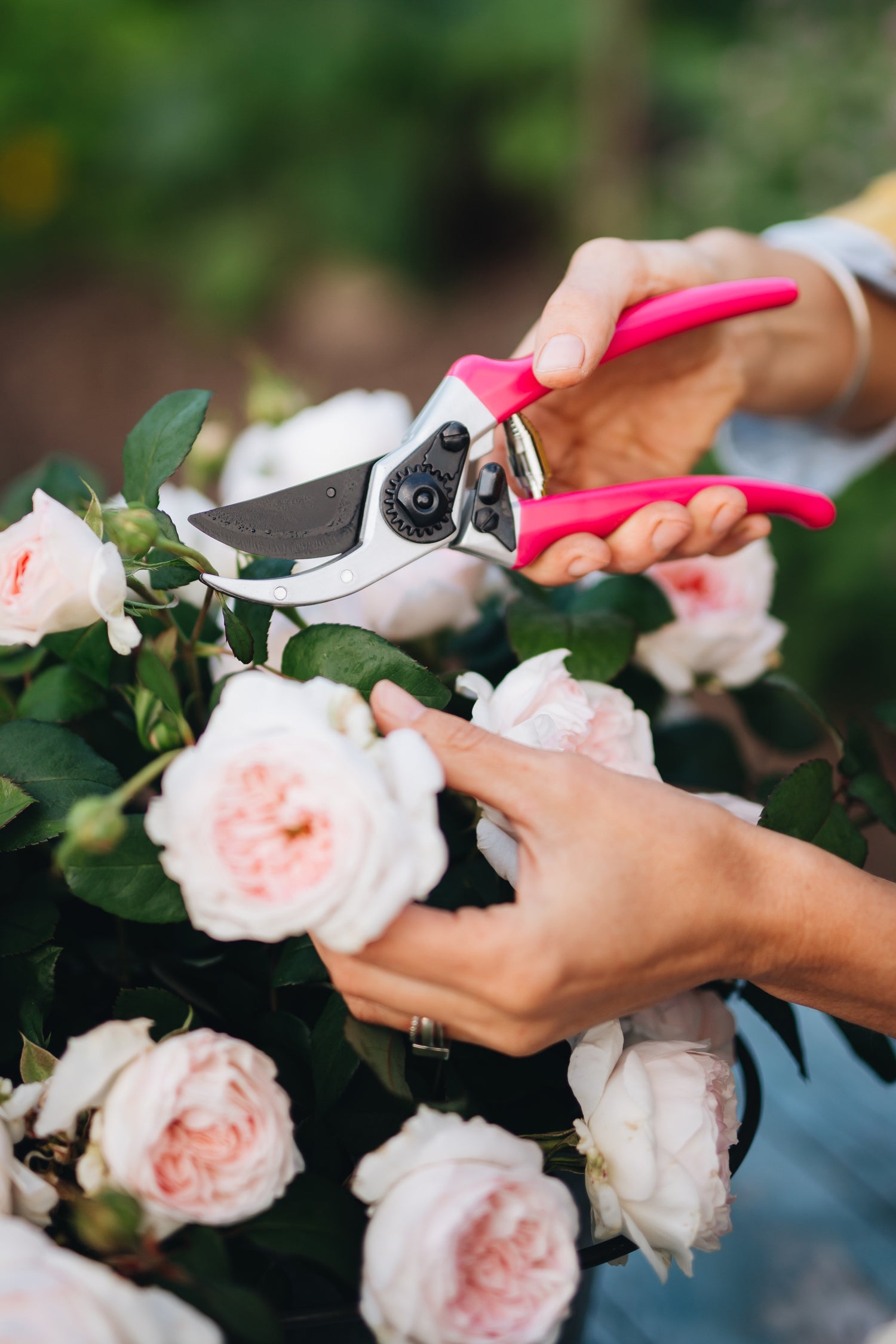Welcome to May! If you're new to gardening, this is one of the most exciting months to be outside—everything is warming up and it finally feels like the growing season is really here. Whether you’re tending a few raised beds or just getting started with containers on a patio, here are some easy, satisfying tasks to tackle this month in your garden.
Plant Your Warm-Loving Veggies
Now that the threat of frost is (mostly) behind us, it’s time to plant your heat-loving vegetables like tomatoes, peppers, zucchini, cucumbers, and beans. These plants hate cold soil, so May is usually the perfect time to get them in the ground.
- Pick a sunny spot (6+ hours of sun).
- Add a little compost or slow-release fertilizer to your planting hole for a boost.
- Plant tomatoes deep —bury the stem a few inches, roots will form along the buried part!
- Space out zucchini and cucumbers—they like room to sprawl or climb if you're using a trellis
Tip: If you're buying from a local nursery or market, pick ones that are short and stocky—not super tall and floppy.
Direct Sow Flowers Like Zinnias and Sunflowers
Now is a perfect time to sprinkle some joy straight into your soil. Flowers like zinnias, sunflowers and nasturtiums love being planted directly into the ground or containers this time of year.
- Loosen the soil with your hand or a small trowel.
- Scatter seeds according to the spacing on the packet.
- Lightly cover with soil and water gently.
- Keep the area moist until you see little sprouts popping up. (This part is always magic.)
I like to mix a few zinnia varieties together for a surprise party of color later in the summer.
Plant Dahlias as Tubers or Starts
If you’ve got dahlia tubers waiting for their moment—this is it! You can also plant dahlia starts if you’ve grown them indoors or picked them up at a plant sale.
Quick How-To:
- Pick a sunny spot with well-draining soil
- Dig a hole about 4-6" deep
- Lay the tuber sideways with the "eye" facing up (that's the little nub where the stem will grow).
- Don't water until you see green growth above ground—it helps prevent rot.
If you’re planting a dahlia start instead of a tuber, water it well right after planting.

Watering new plantings
Before things really start drying out, now’s a great time to pull your hose reels out of the garage or shed, unwind them, and get everything hooked up to the spigot.
Newly planted veggies and flowers need consistent water while they settle in. I aim for deep watering a few times a week, especially if we don’t get rain.
How I do it:
- I water at the base of the plant early in the morning.
- I try to give them a good soak so the water gets to the roots, not just the surface.
- Again —hosereel appreciation moment—this is when it really shines!
(Pro tip: Stick your finger into the soil—if it’s dry past your first knuckle, it’s time to water.)

Mulch Your Beds
If you’re new to gardening, mulch might sound like just another garden buzzword—but it’s actually one of the easiest and most helpful things you can do for your plants, it protects, insulates, and keeps everything happier underneath.
Why mulch? Here’s what it does:
-
Keeps moisture in the soil – Especially as summer heats up, mulch helps the soil hold onto water longer so you don’t have to water as often. (Great if you're a little forgetful or heading out of town for a weekend!)
- Blocks weeds – A nice thick layer of mulch stops weed seeds from getting sunlight, which means less weeding for you. Yes, please!
- Regulates soil temperature – It keeps the roots of your plants cooler on hot days and a bit warmer on chilly nights.
-
A dds organic matter – If you're using something like straw, leaves, or wood chips, it breaks down over time and feeds your soil.
- P revents soil splash – This is one of those weird garden things, but when it rains or you water, mulch helps stop soil from splashing up on your plants’ leaves, which can spread disease. Neat, right?
How to mulch:
- Once your plants are in and happy, lay down a layer of mulch about 2–3 inches thick.
- You can use straw (not hay!), shredded leaves, bark mulch, or even grass clippings—whatever is available and makes sense for your garden.
- Make sure to keep the mulch a couple of inches away from the base of each plant—you want to protect the stem, not smother it.
If you’re mulching a veggie bed, I personally love using straw or shredded leaves. They’re cheap, easy to move around, and they break down nicely over the season.
Once you’ve mulched, your garden just looks more “finished.” It’s one of those little things that makes a big difference. And bonus—when you walk out in your jammies with coffee in hand and realize you don’t have to weed or water today? That’s the magic of mulch.

Share the Plant Love
If you started more seeds than you can use (we’ve all been there), consider sharing your extras! Give a few tomato starts to a neighbor, swap zinnia seedlings with a friend, or leave a little “plant freebie” basket out front.
This is one of the best parts of gardening—connecting with others. (Plus, it keeps your garden from overflowing with guilt-planted extras you didn’t really have room for.)
There’s something really special about May in the garden. All the shades of green are finally coming up, slowly but surely, and so are we. The soil is warming, the plants are stretching, and every day brings a little more joy.
If you’re just beginning your gardening journey, let this be a gentle reminder: you don’t have to do it all at once. Start small. Pay attention. Learn as you go. The garden doesn’t ask for perfection—just presence.
This month is all about setting the stage: planting seeds, tucking in tubers, watering new starts, and building the quiet routines that will carry you through the season. It’s about showing up with muddy hands, maybe a messy ponytail, and a hopeful heart.
And while it might feel like just dirt and chores right now, you’re creating something beautiful. A little space to tend and care for. A place where things grow, change, and surprise you.
So take a breath, roll out the hose, and step into this new season—whatever it looks like for you. The garden is ready. And you’re right on time.
This blog was written by Roxana Snedeker, if you'd like to find her on socials, you can find her as @soilandmargaritas.

